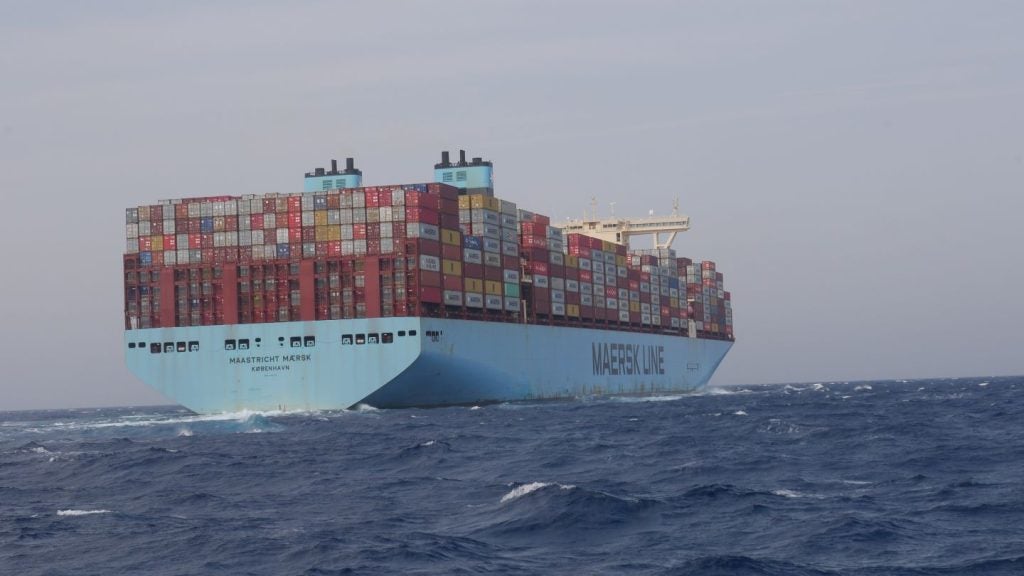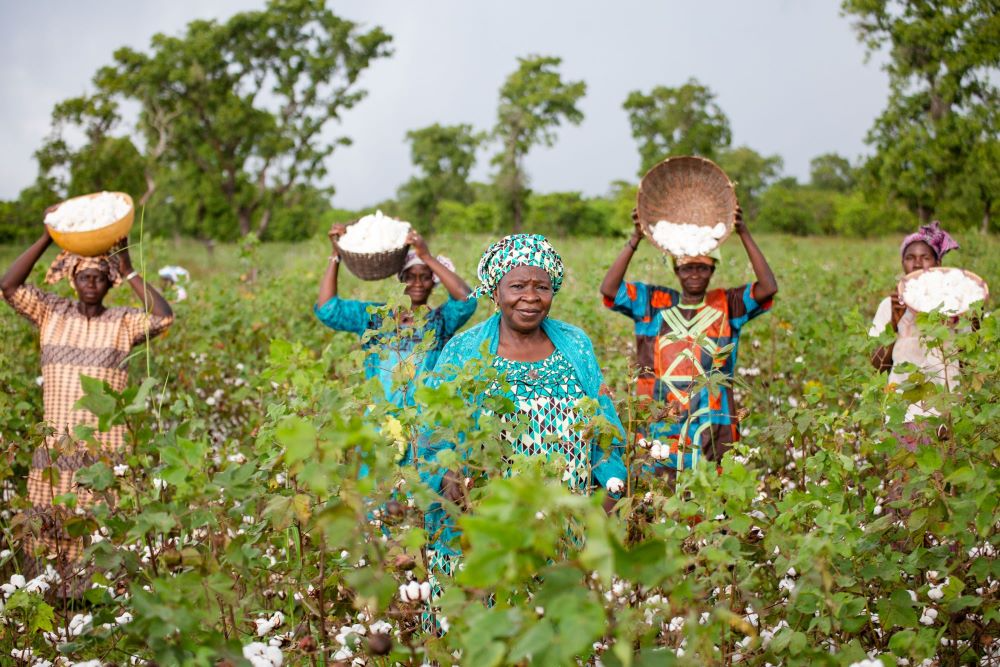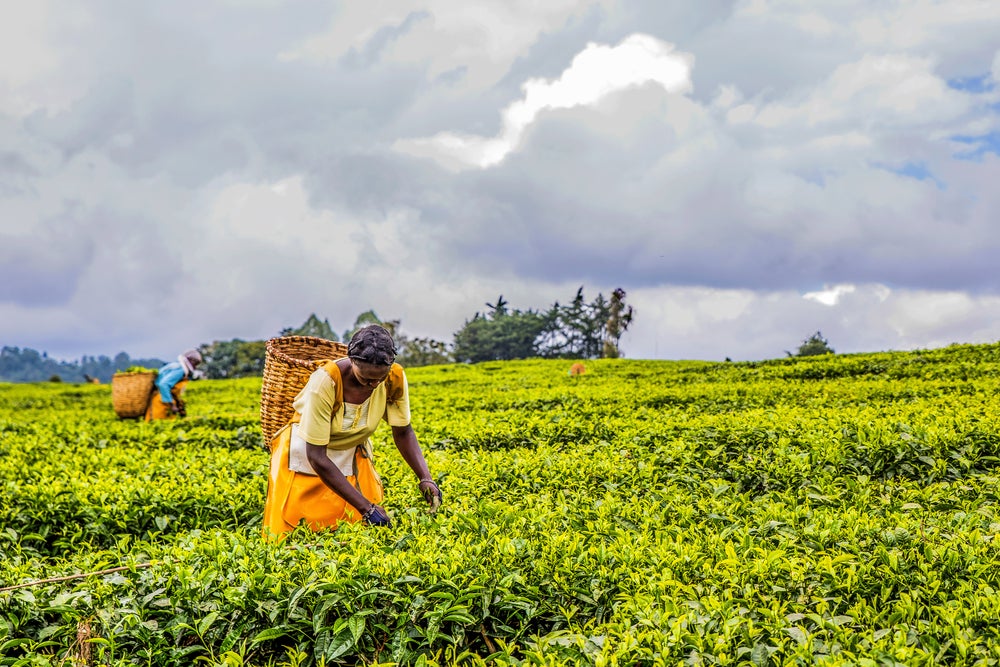
Speakers and exhibitors at the recent Africa Sourcing and Fashion Week are optimistic at the continent’s capability in the textile and apparel sector – but concur that many challenges remain before it can reach its full potential.
The fourth Africa Sourcing and Fashion Week (ASFW) was held over four days in the Ethiopian capital of Addis Ababa earlier this month, and saw around 250 firms in the cotton, textile, apparel, leather, technology and home furnishings sectors showcase their products.
The event claims to be the largest annual textile and apparel exhibition in Africa, and companies from South Korea, Egypt, Lesotho, South Africa, Ethiopia, Pakistan, India, China and more participated.
Kenneth K Han, managing director of Shints ETP Garment Plc, said the South Korean company was attracted to Ethiopia because of the east African country’s abundant labour supply, affordable wages, highly educated workforce, and its access to the key American market through the African Growth and Opportunity Act (AGOA).
The Shints textile and apparel factory was opened in September 2014 in the Bole Lemi industrial park on the outskirts of Addis Ababa. The facility is on a 51,350 square metre plot and currently employs 3,690 staff.
The factory produces high-end textile and apparel products for internationally-renowned brands, including Mizuno, La Sportiva, Mammut, KTM, New Balance, Polaris, Klim, Sherpa, Schoffel, Black Yak and Le Coq Sportif.
How well do you really know your competitors?
Access the most comprehensive Company Profiles on the market, powered by GlobalData. Save hours of research. Gain competitive edge.

Thank you!
Your download email will arrive shortly
Not ready to buy yet? Download a free sample
We are confident about the unique quality of our Company Profiles. However, we want you to make the most beneficial decision for your business, so we offer a free sample that you can download by submitting the below form
By GlobalDataDespite growth potential in Ethiopia, challenges include poor staff productivity, patchy infrastructure and logistics difficulties
Which sounds like a success. However, speaking to just-style, Han said that while his business has growth potential in Ethiopia, it faces numerous challenges – including poor staff productivity, patchy infrastructure and logistics difficulties.
A key problem is that the company has to import a significant proportion of its textile and apparel inputs. And with landlocked Ethiopia conducting most of its foreign trade through the expensive port of Djibouti, Shints has to pay on average US$750 daily for one container of goods to be shipped in and out, “incurring us heavy costs.”
He added that with Djibouti port already near full capacity, having to handle much of Ethiopia’s trade (no mean feat given its population is around 105m people), it can take 40 days for an imported input to reach Shints’ factory from its exporter, with several days wasted by logistics inefficiencies in Djibouti port. Slow unloading of goods and customs clearance procedures are a particular problem.
However, Han is optimistic that with the opening earlier this year of the US$4bn, 756km Ethiopia-Djibouti electrified passenger rail line, the introduction of a parallel cargo rail line, and with security threats settling after Ethiopia recently reconciled with its bitter former enemy, neighbouring Eritrea, 2019 could be the year when his factory starts to make a profit.
“The Eritrean port of Assab is approximately the same distance from our factory as Djibouti port, which helps us find alternative ways to import inputs as well as export our final products,” said Han.
Another benefit is that the Ethiopian government also partially liberalised its logistics sector in September 2018, allowing joint ventures between foreign firms and Ethiopian companies to operate, while also permitting foreign firms to have a share of up to 49% in logistics services firms based in Ethiopia.
Han is optimistic that these changes will significantly improve Shints’ Ethiopia logistics. And while the productivity levels of its Ethiopian workers is below its Vietnamese employees, the promising signs in Ethiopia’s political and economic landscape have convinced Shints to construct a second factory in Ethiopia soon.
Business relationships
As a result, the ASFW will become increasingly important to this company, given its role in forging business relations between Ethiopian and foreign firms, said Han.
Indeed, Bogale Feleke, deputy minister of the Ethiopia ministry of industry (MoI), said the textile and apparel event helped Ethiopian businesses and foreign firms create joint ventures, attract foreign direct investment and establish buyer-seller relationships.
“Events like ASFW help to create business-to-business relationships in the textile and apparel sector, which has a long value chain starting from cotton production, then continuing with spinning, twisting into yarn, weaving, knitting, followed by buying, then printing and design to eventually production and marketing,” stressed Feleke.
He predicted that African manufacturers will increase their influence over the global clothing market, with “international textile and apparel brands integrating African influences into their fashion collections more and more…” When this influence translates into local production, “mass employment opportunities for youth and women” arise, said Feleke.
He said that while Ethiopia’s determination to grow its textile and apparel sector has persuaded internationally known brands such as PVH Corp, VF Corp, H&M (Hennes & Mauritz), Primark, Decathlon and TCP, to source in Ethiopia, the country lacks comprehensive backwards integration – hence the continuing need to import inputs, as well as a shortage of skilled manpower.
Lelise Neme, chief executive officer of the Ethiopia Industrial Park Development Corporation (IPDC), said the country has been building industrial parks fast over the last decade, in a bid to become an African textile and apparel manufacturing powerhouse and middle-income economy by 2025.
The IPDC is the Ethiopian government agency tasked with developing, operating and administering eco-friendly industrial parks, implementing a plan to increase the number of operational industrial parks from the current four to around 30 by 2025.
The Ethiopian government aims to increase the share of the economy commanded by manufacturing from the current 5% to around 14% by 2020, with plans to commission six additional industrial parks in the coming months
“The Ethiopian government aims to increase the share of the economy commanded by manufacturing from the current 5% to around 14% by 2020, said Neme, adding: “So far we’ve commissioned five industrial parks and plan to commission six additional industrial parks in the coming months.”
The employment that such initiatives will generate is important, given 60% of Ethiopia’s estimated 101m population is young (under the age of 30), she added. “This demographic group is easily trainable, eager to learn foreign languages and can cope with technological shifts in the industrial sector.”
Key anchor for regional trade
Of course, the ASFW is not just about boosting the clothing and textile manufacturing sector of Ethiopia: it also helps promote the industry in other African countries, such as Rwanda, South Africa, Egypt and Lesotho.
Speaking on the sidelines of the event, Albert M Muchanga, commissioner for the African Union Commission’s department of trade and industry, said the African Union sees the textile and apparel sector as a key anchor for the hoped for successful establishment of an African Continental Free Trade Area (ACFTA).
“The textile and apparel sector has the potential to create mass employment opportunities for the continent’s youth and women, promote intra-African trade and integrate Africa into the global economic value chain.”
As a result, it could underpin ACFTA, which has been signed by 44 countries, although thus far ratified only by seven countries – eSwatini (formerly Swaziland) Kenya, Rwanda, Ghana, Niger, Chad and Guinea – short of the 22 African countries needed for the agreement to take legal effect. It aims to create a single integrated market in Africa, where goods and services, including textiles and apparel, can move freely across borders – tacking a major past problem; the significant regulatory barriers impeding intra-African trade.
“With 1.2 billion people, of whom the African Development Bank estimates 350m can already be classified as middle class (reaching maybe 660m by 2030), and an aggregate GDP of US$3.4 trillion, Africa offers ample opportunities for businesses in and outside the continent, said Muchanga.
“With ACFTA, we offer larger economies of scale and a scope that will attract large-scale, long-term investment as, with this market, you can produce in any African country and supply the whole continent as long as you meet the rules of origin requirement and the legal provisions and protocols of ACFTA.”
Muchanga said this liberalisation will boost the African fashion trade, enhance value addition and promote industrialisation through the development of regional value chains, opening intermediate and final goods markets, while encouraging innovation and differentiation by African businesses.
Authentic designs
However, to take advantage of these opportunities, Africa’s textile and apparel sectors need to resist intellectual property theft, by enforcing national and international intellectual property legislation, encouraging the development of authentic designs.
“We’re coming up with intellectual property rights under ACFTA, but the challenge now for African designers is to come up with indigenous African designs and copyright them,” said Muchanga, adding that with the development of trade-related infrastructure under ACFTA, Africa’s textile and apparel fashion industry can thrive.
In this regard, African textile and apparel products will need to meet rigorous rules of origin requirements to protect them against copying by illicit manufacturers inside and outside Africa.
He noted as an example of such problems, the copying of the Ethiopian ‘Habesha’-style fabric and Ghanaian ‘Kente’ cloth – both have fallen victim to copyright piracy and forgery by foreign textile and apparel producers because of weak national and continental intellectual property legislation.
Muchanga added that African textile and apparel manufacturers should also look to develop joint ventures to increase the capacity and knowhow of their production lines, boosting economies of scale.
Higher end accessories
Also, as well as developing textiles and clothing, ASFW participants also demonstrated how Africa is growing a higher end leather accessory sector.
One luxury product exhibitor was Samrawit Mersiehazen, founder and designer of Samra, which bills itself as a luxury world class leather firm selling men’s and women’s leather bags, belts, wallets and jackets, among other items.
“I believe leather products complement Ethiopia’s textile and apparel sectors, with our firm catering to a high-end clientele in Ethiopia through our two local shops and abroad through our shops in Utrecht, in the Netherlands, and Tokyo, Japan,” said Mersiehazen.
Her firm also sells leather products in the US through the UPS parcel delivery service, but the company plans to open shops in Dubai, United Arab Emirates, and London, UK, before the end of this year. In Africa, Samra plans to open shops in Kenya, Nigeria and South Africa in 2019.
“We produce our quality leather products through an environment-friendly production process, which is lengthy but it pays…through the value it creates and customer satisfaction.”
See also:
- Experts point way ahead for African textile sector
- Technology inertia is stalling Africa’s clothing industry







